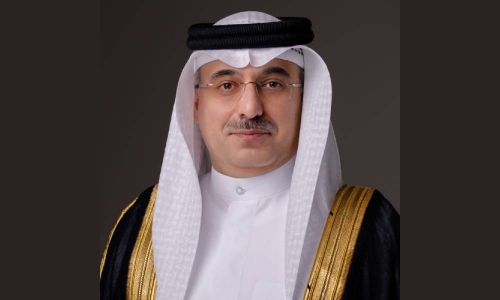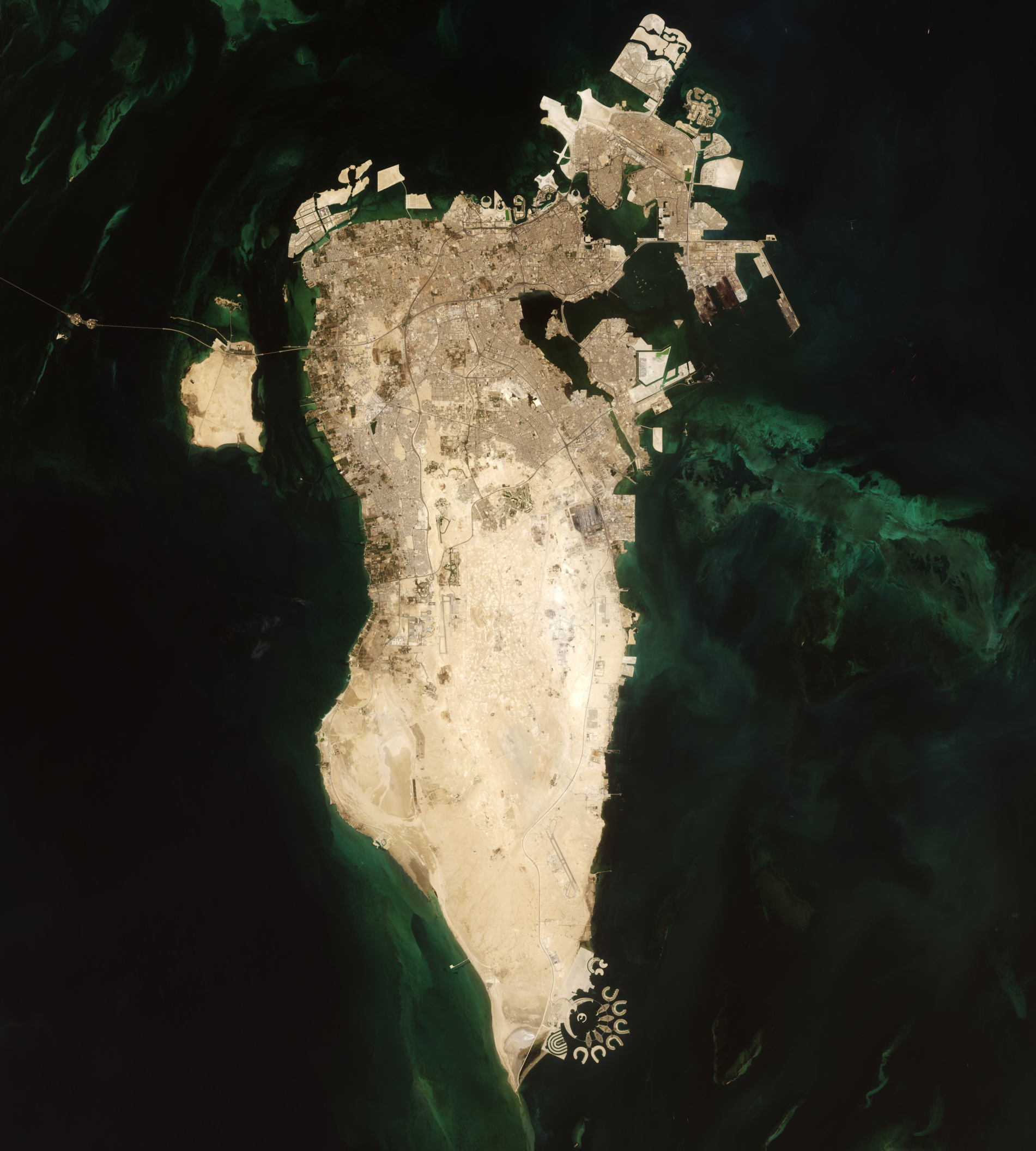Bahrain and UK join forces for sustainable future in Gulf with space project
TDT | Manama
The Daily Tribune – www.newsofbahrain.com
Reported by Ashen Tharaka
The National Space Science Agency (NSSA) of Bahrain has revealed details of a groundbreaking project aimed at tackling greenhouse gas emissions in the Arabian Gulf region.
This joint initiative with the UK will use a satellite-mounted payload to monitor carbon dioxide levels, providing crucial data for policymakers and environmental efforts. Dr. Mohamed Ebrahim AlAseeri, CEO of the NSSA, highlighted the project’s significance during a recent interview with The Daily Tribune.
“The payload will gather data that will be used by relevant entities and decision-makers to develop strategies for mitigating emissions,” he explained. “This aligns perfectly with our national commitment to achieving the UN’s Sustainable Development Goals (SDGs).”
The Bahrain-UK project itself received £1.4 million (BD657,471.04) at the Space Symposium in Colorado Springs, fostering international cooperation and innovation. Dr. Al-Aseeri expressed pride in the NSSA team’s achievement.
“Competing and succeeding alongside established universities, research centres, and companies worldwide showcases the advanced capabilities of the NSSA and its young Bahraini talents,” he said.
“This project fulfils the vision of His Majesty the King to position Bahrain among the leading spacefaring nations.” The project holds significance for two key reasons. Firstly, this marks the NSSA’s first collaboration with the Bahraini private sector, setting a precedent and encouraging investment in advanced scientific fields.
Secondly, the project will facilitate technology transfer for designing and building environmental monitoring payloads for future space missions. This joint initiative between Bahrain and the UK demonstrates a concrete step towards achieving the SDGs and paves the way for a more sustainable future in the region.
NASA Earth Observatory images by Lauren Dauphin, using Landsat data from the US Geological Survey
Related Posts


